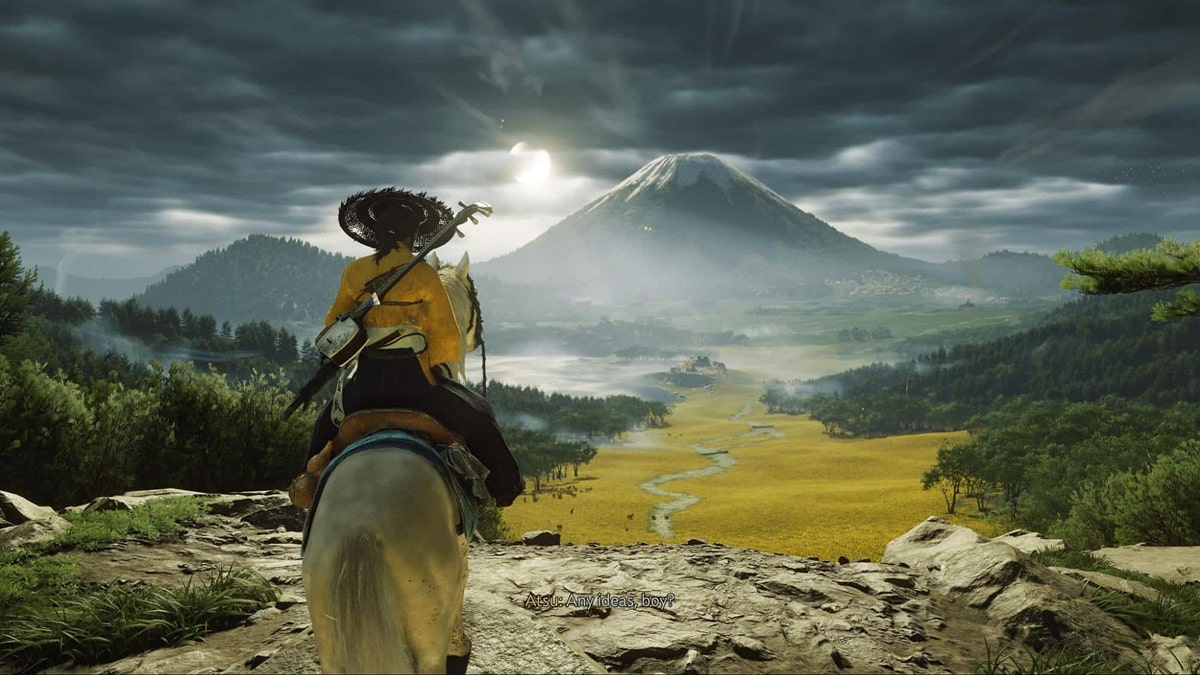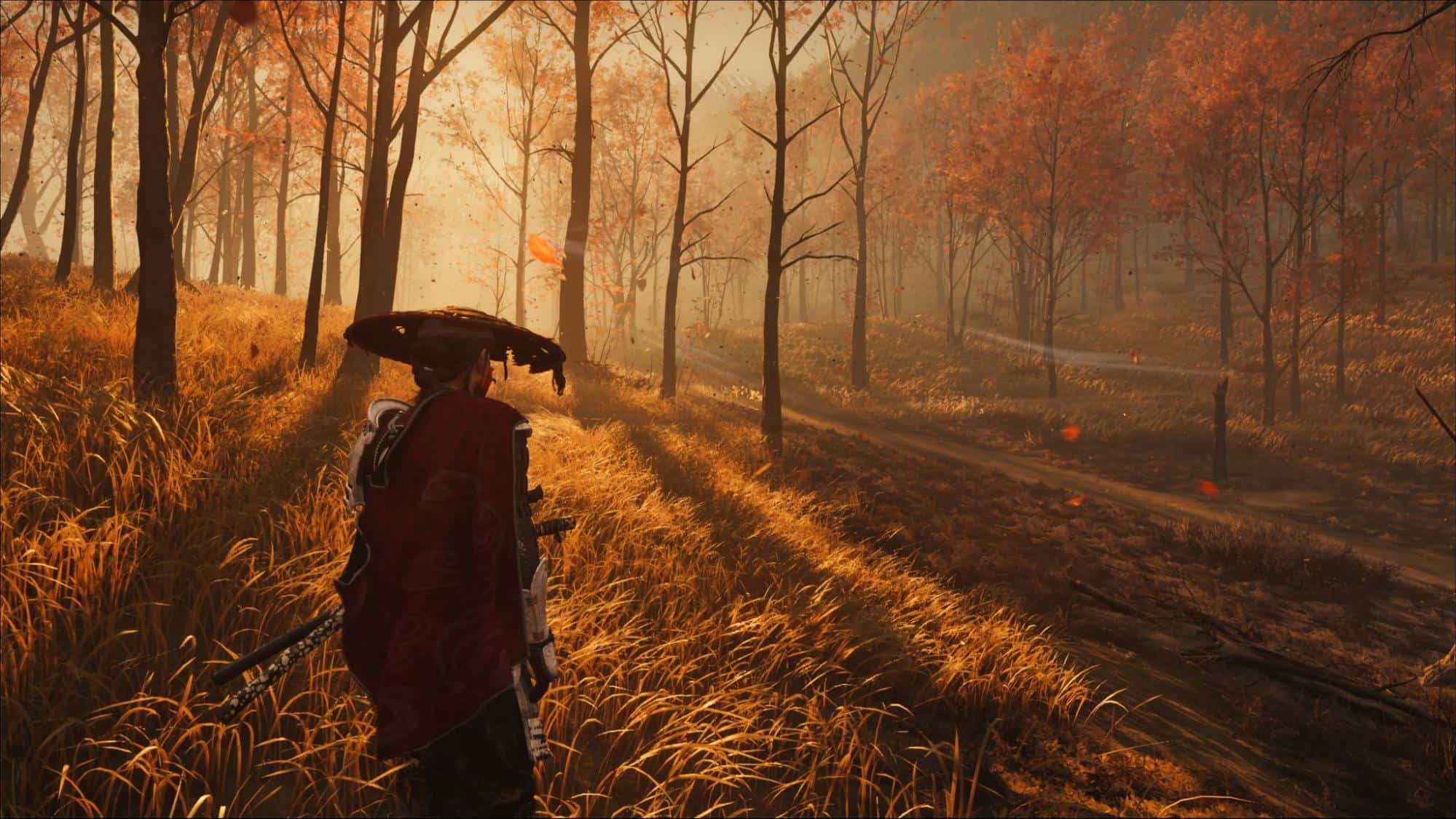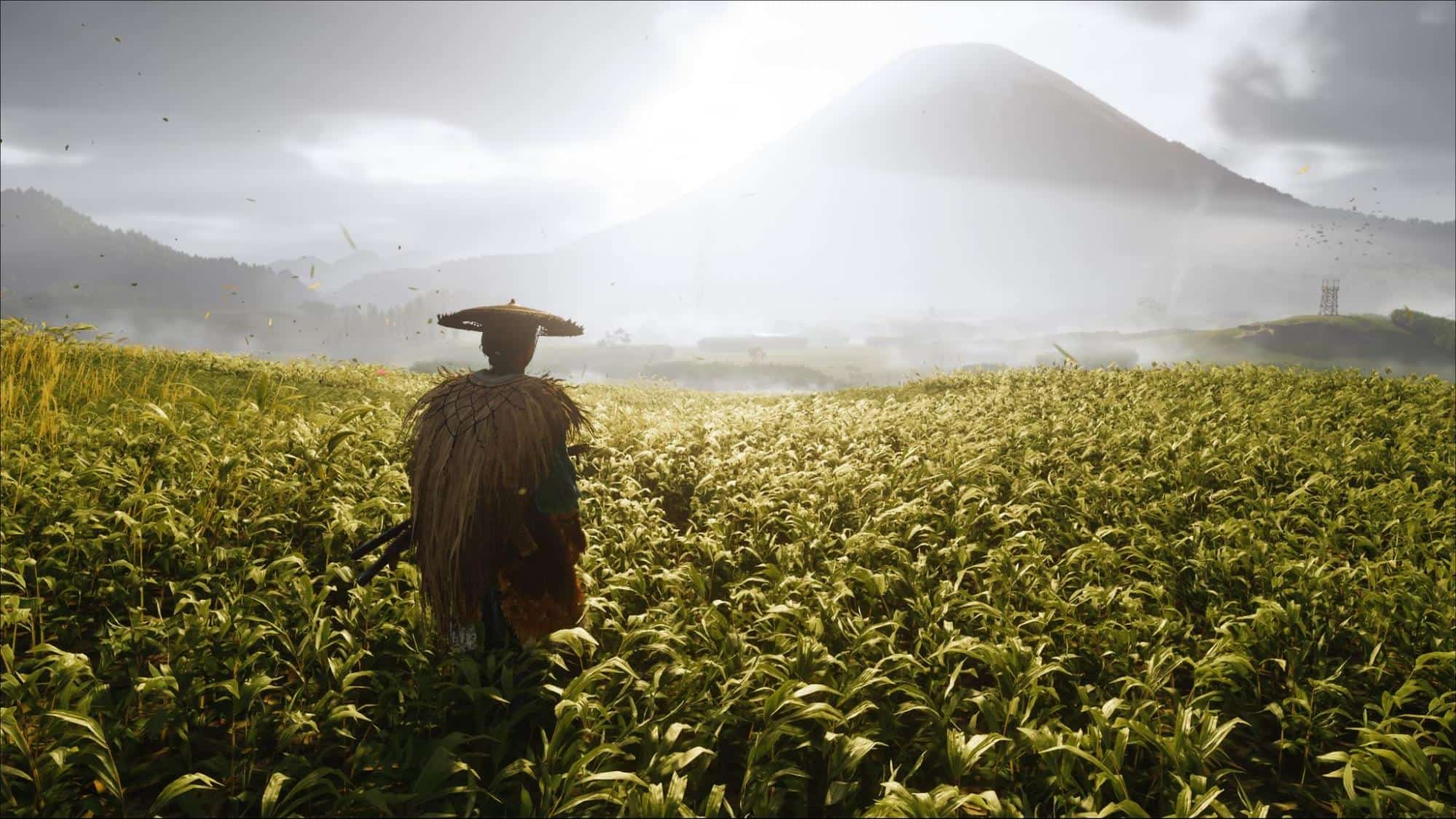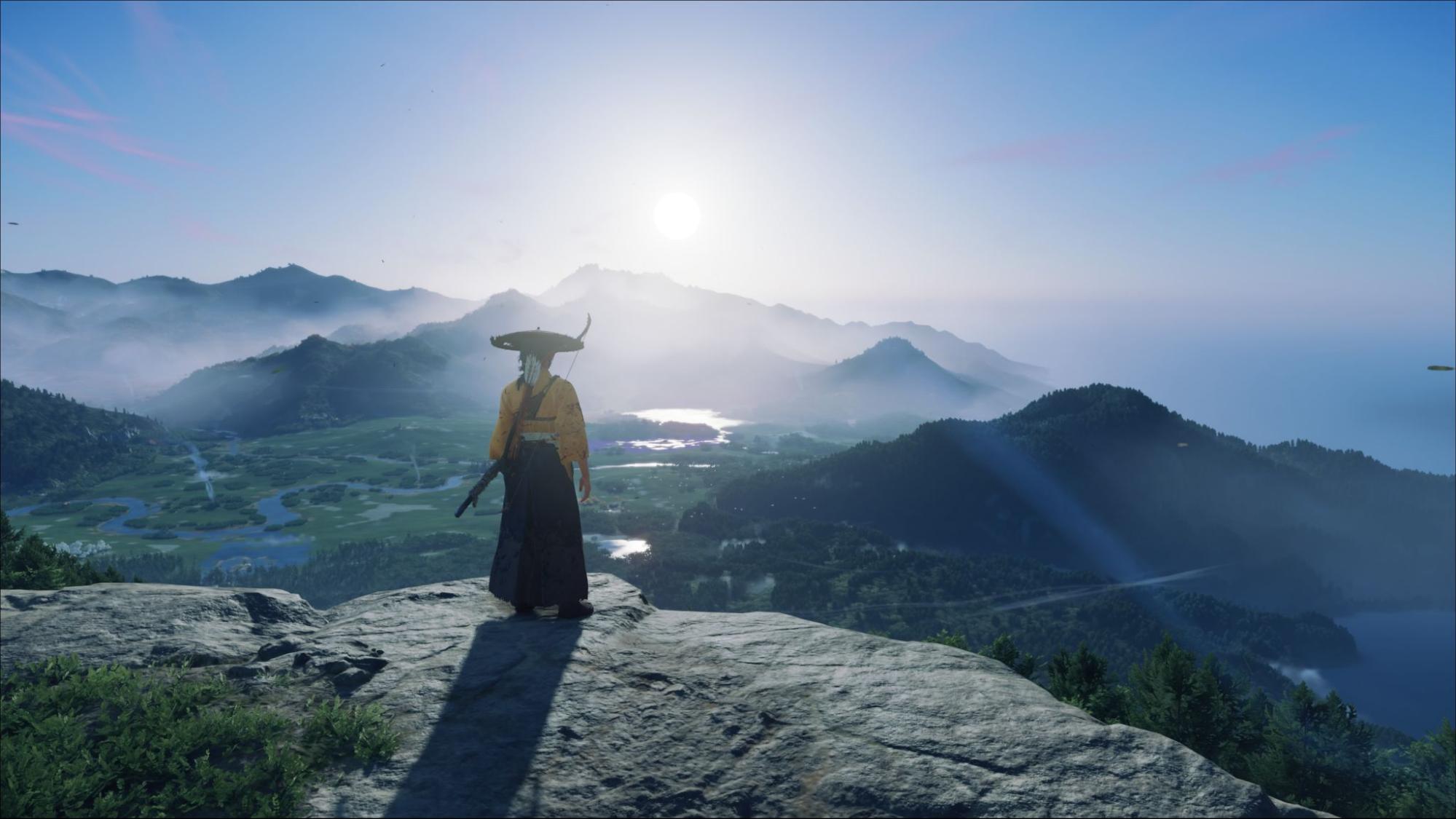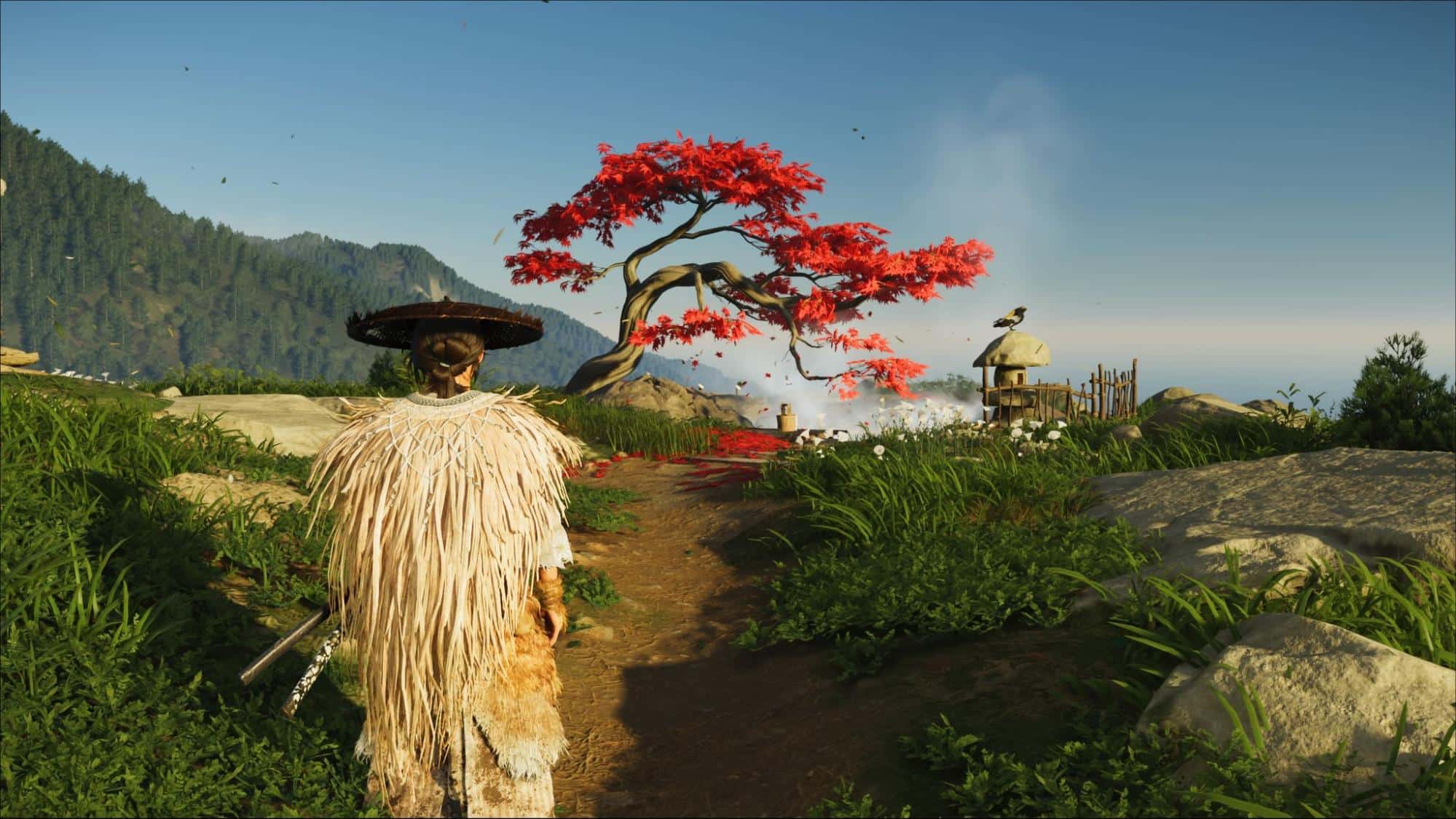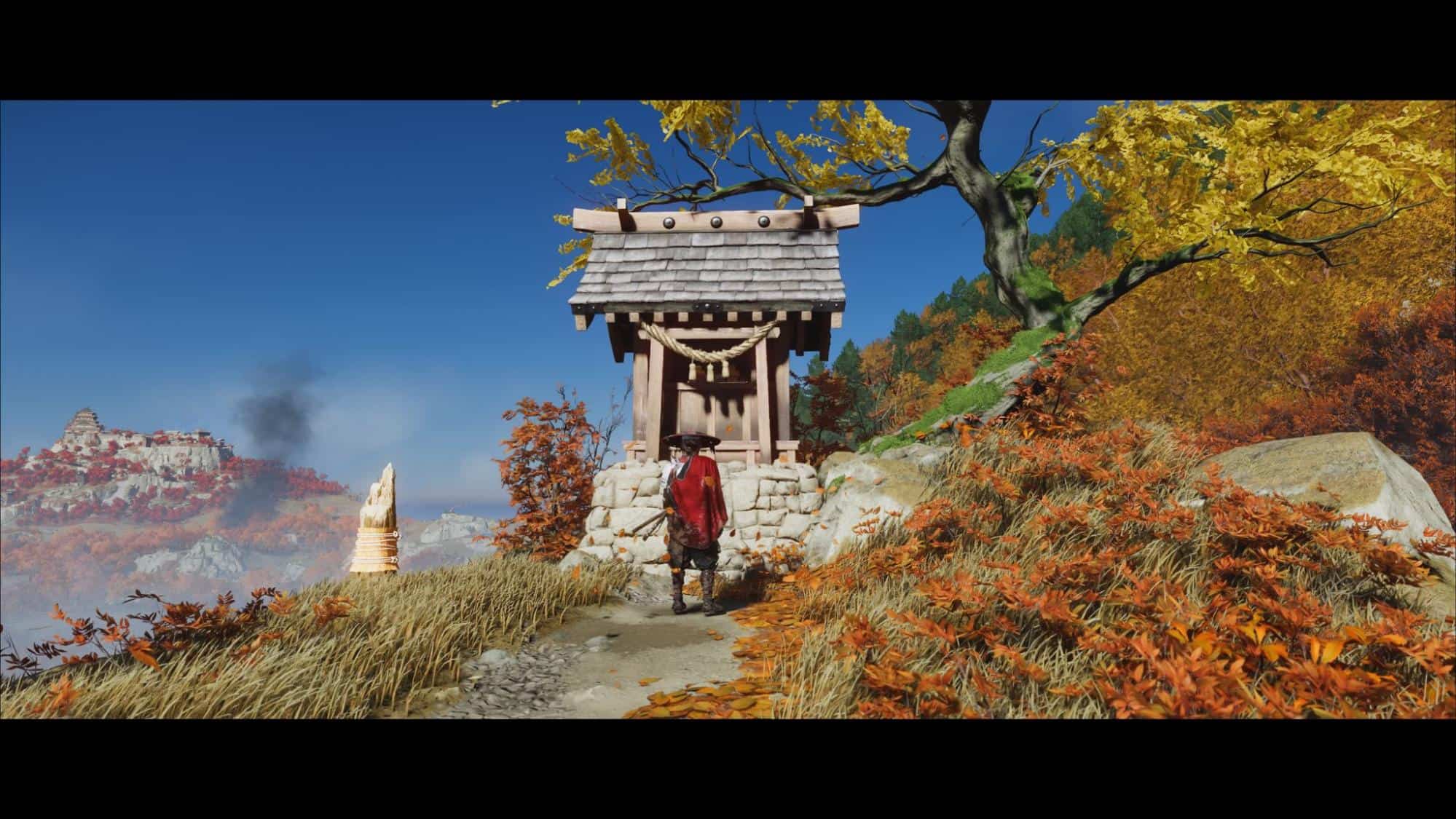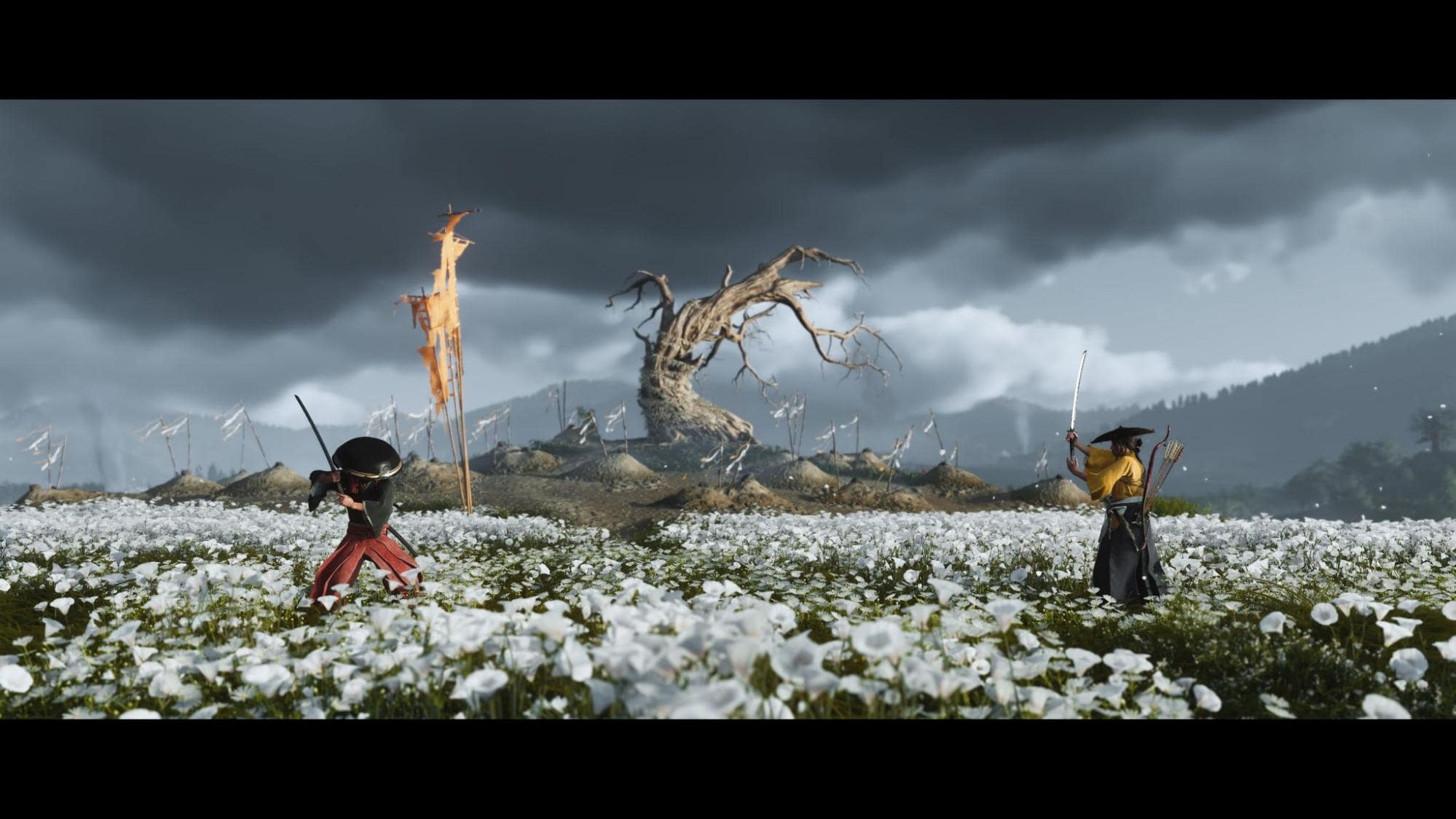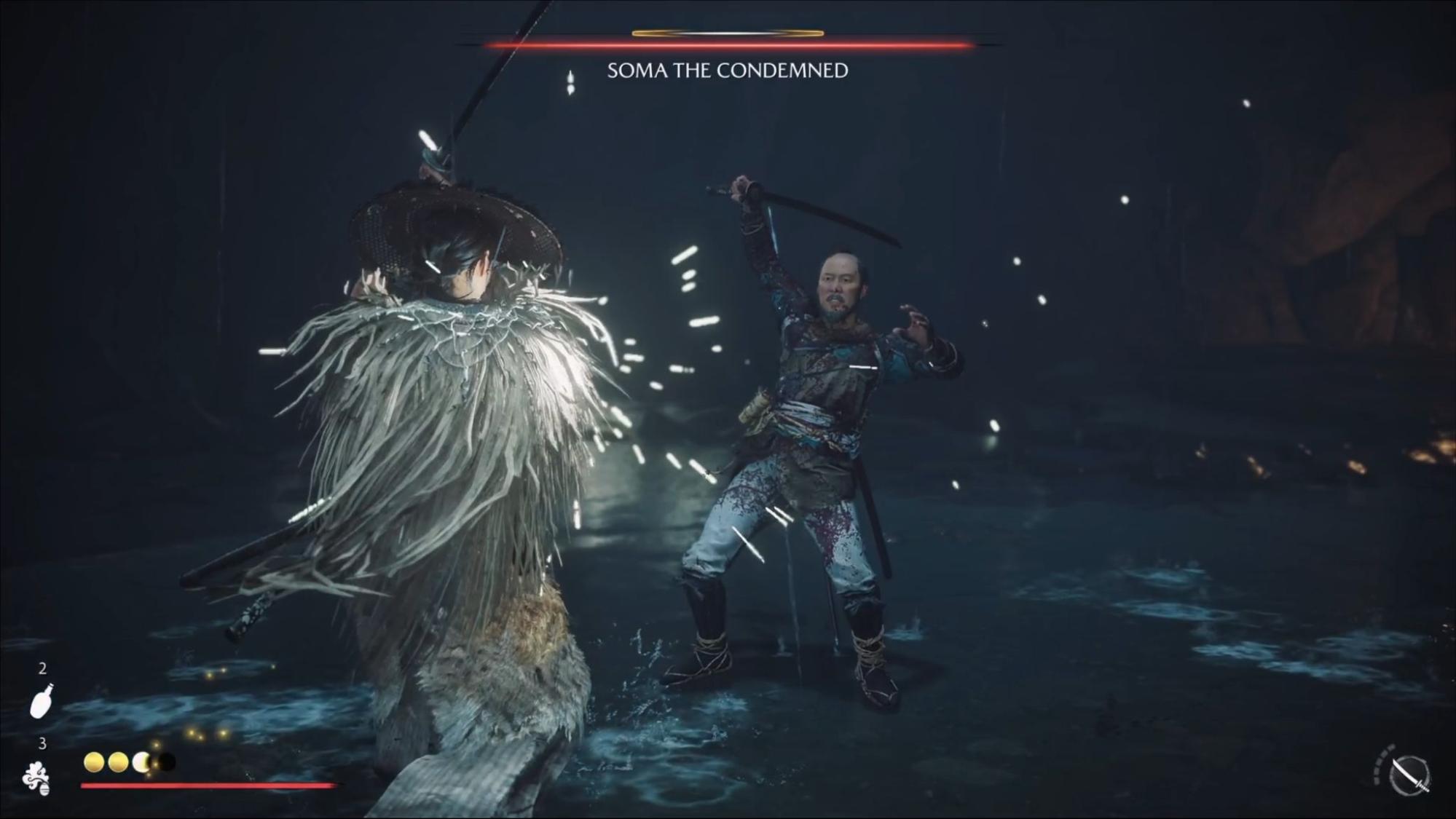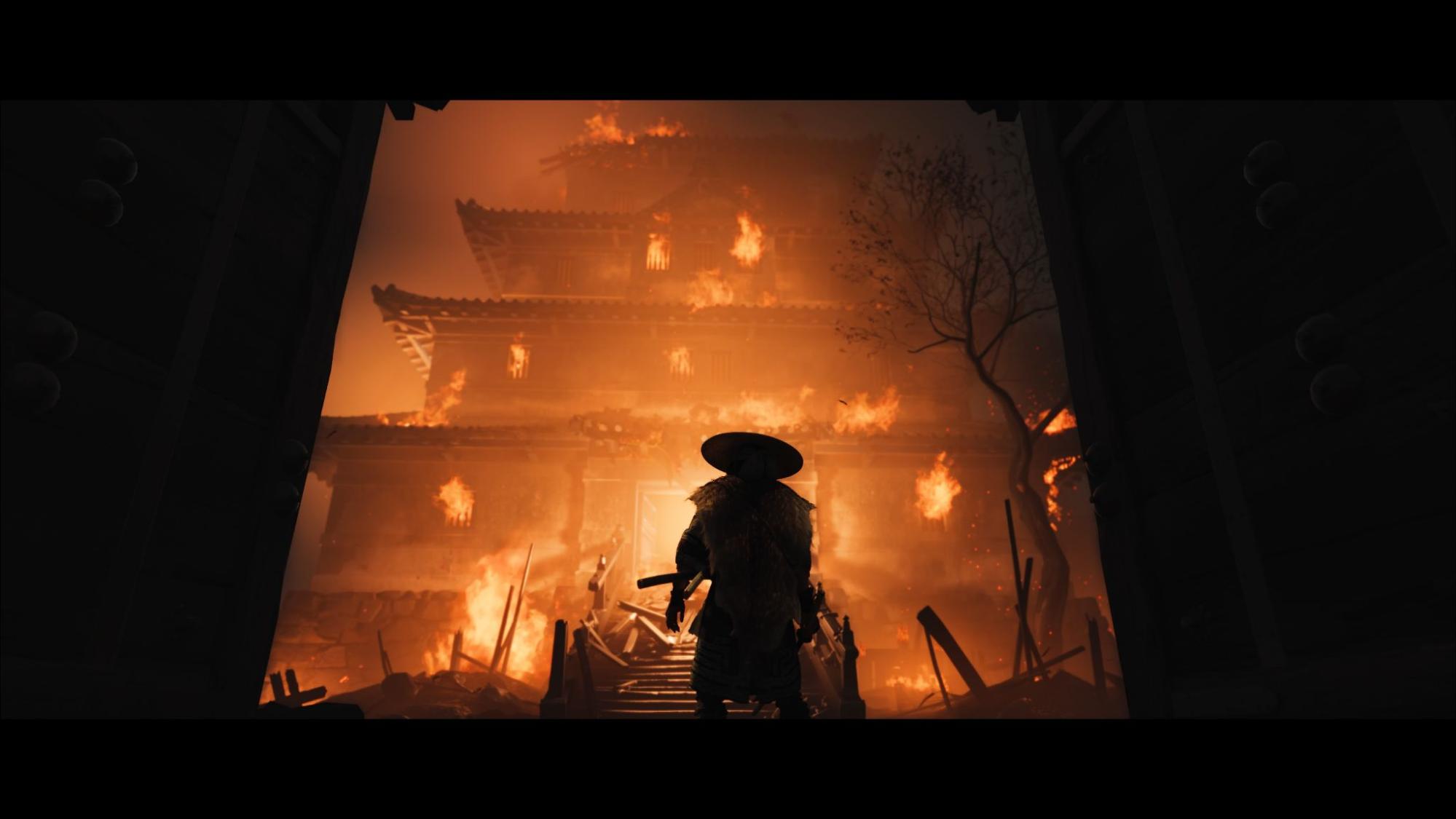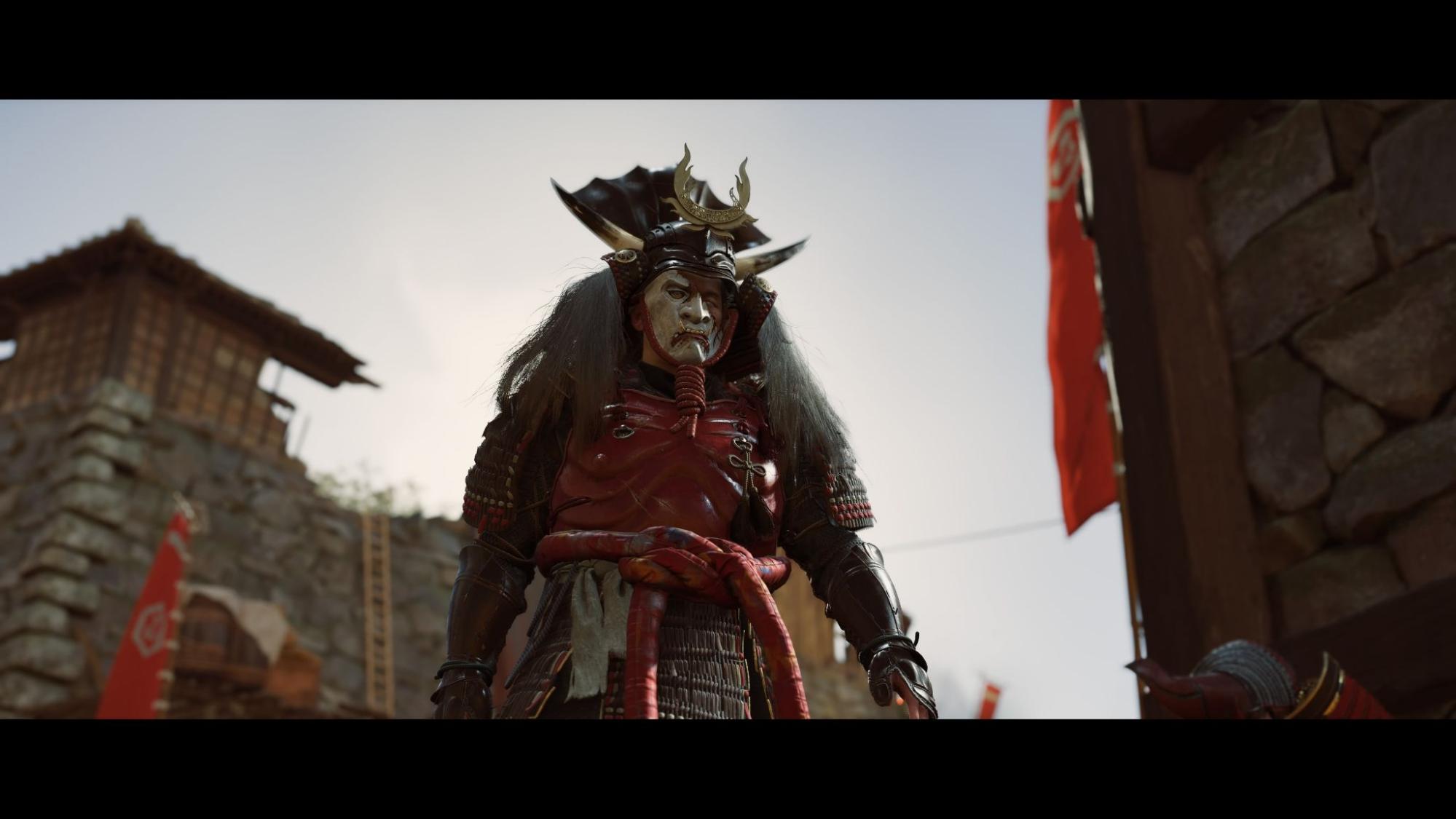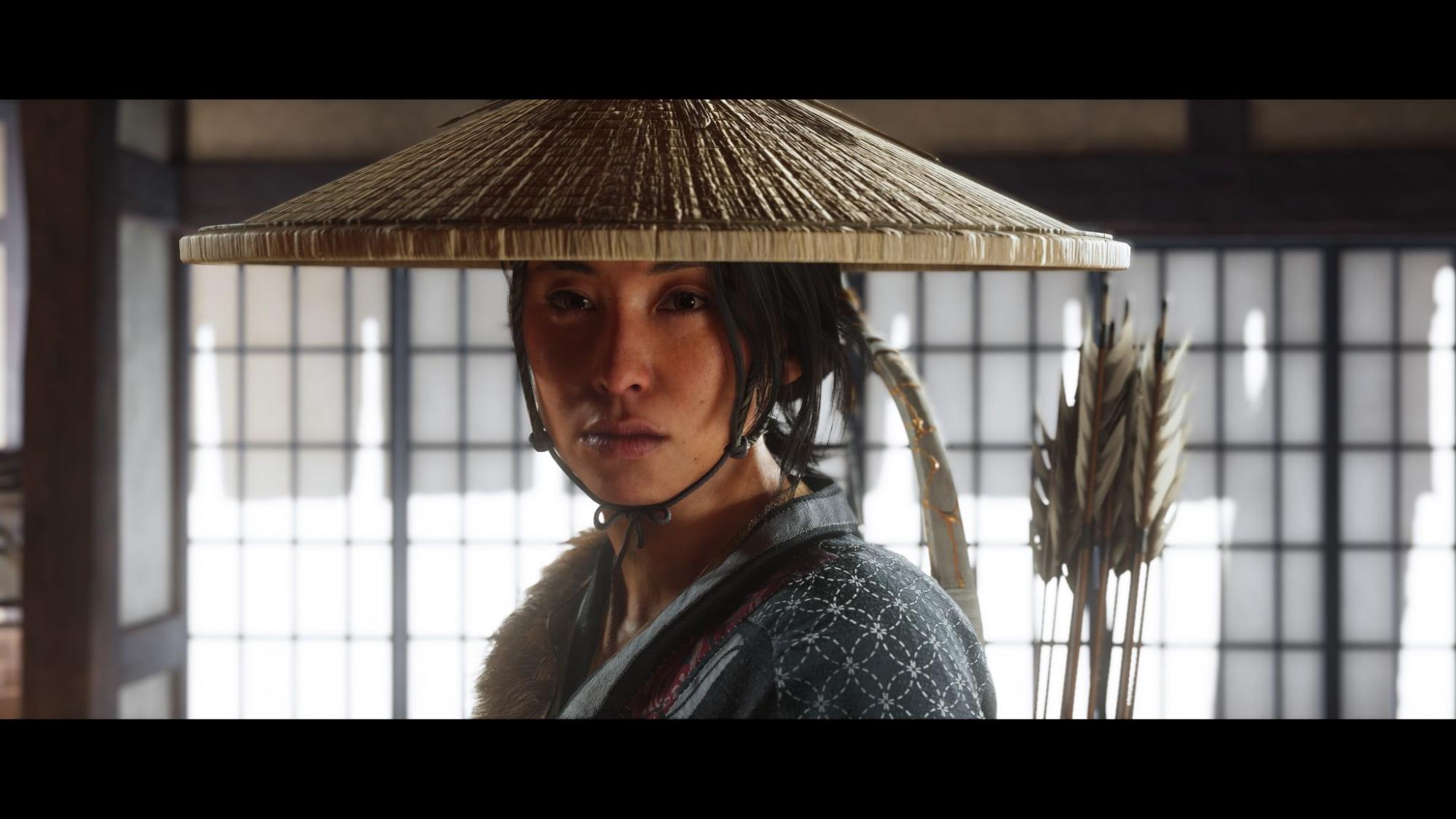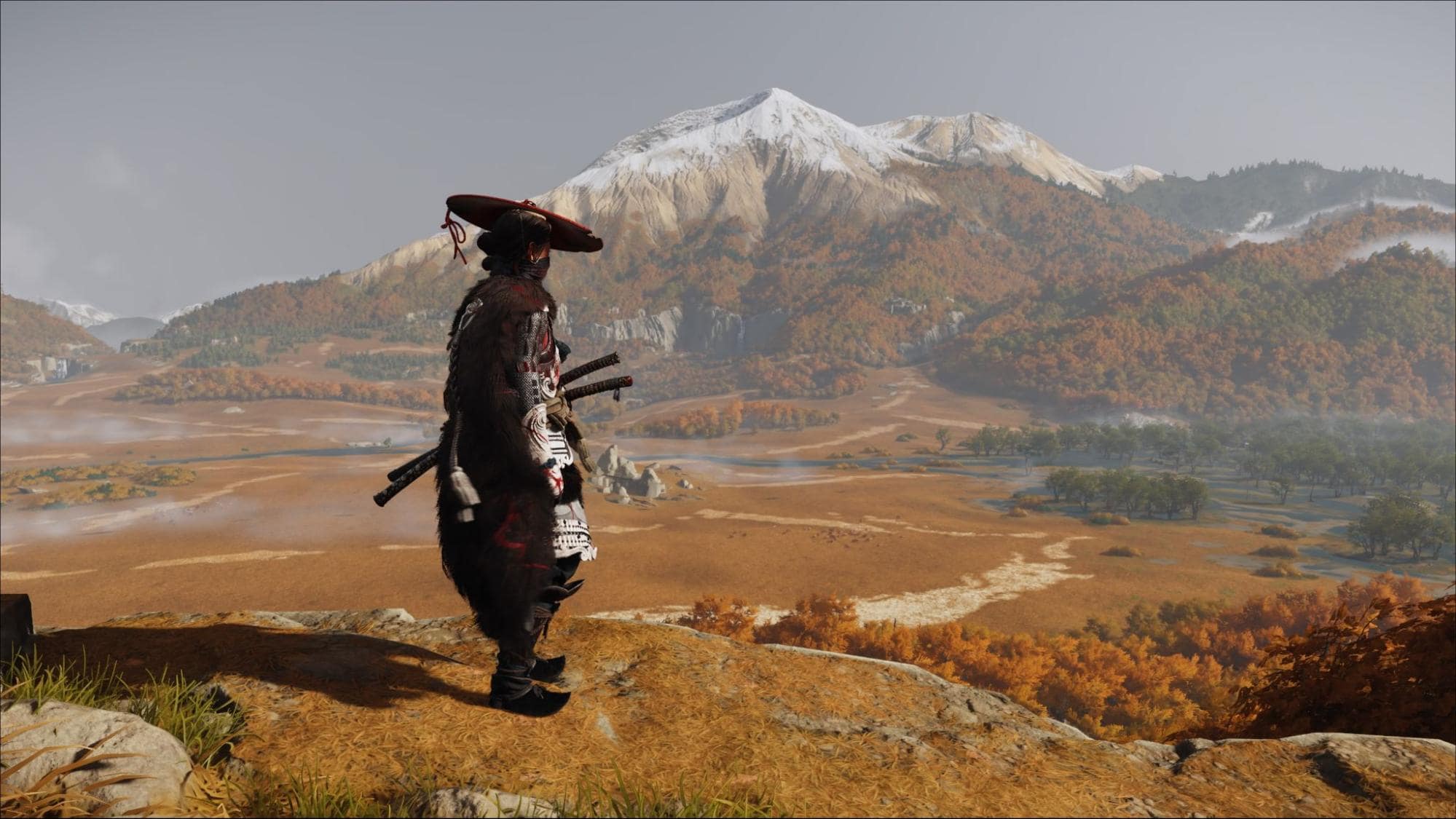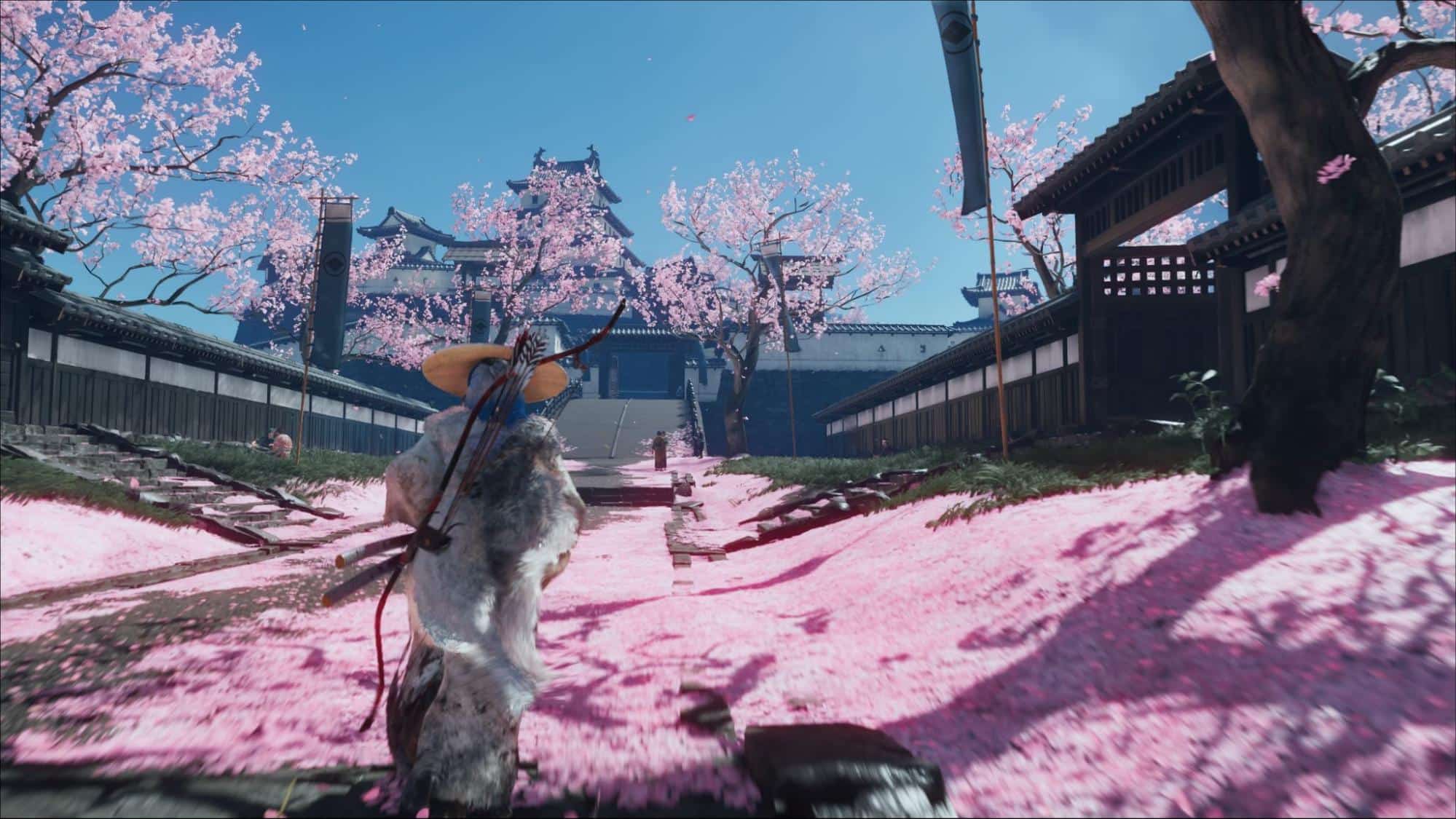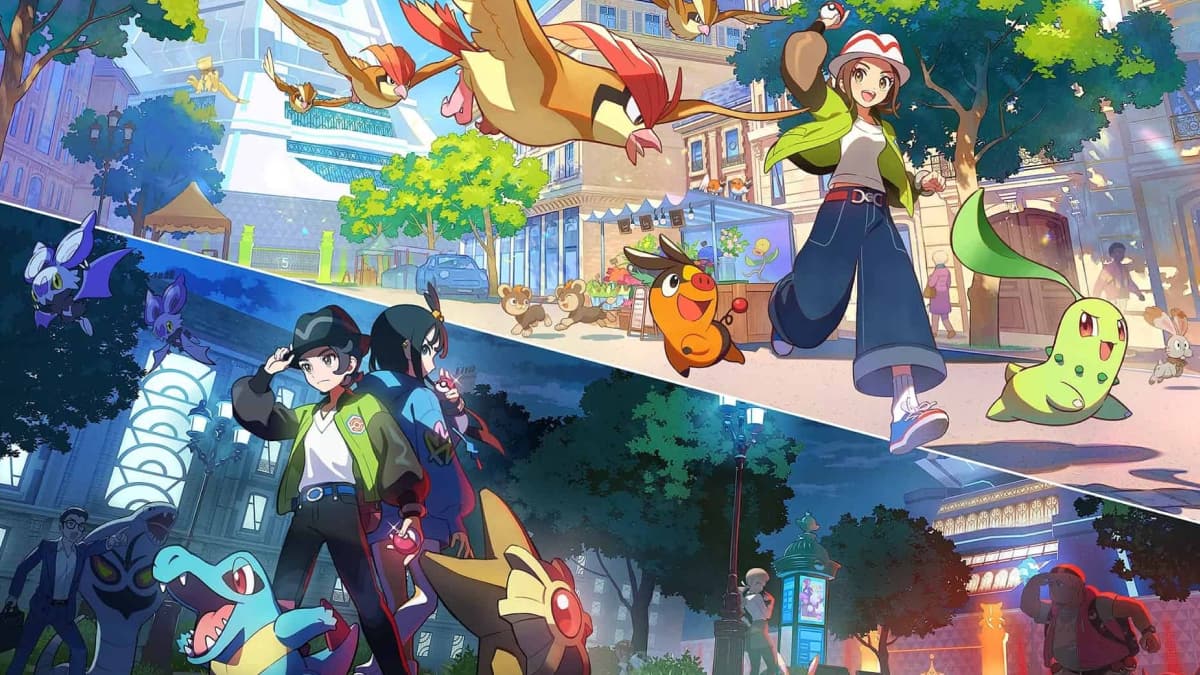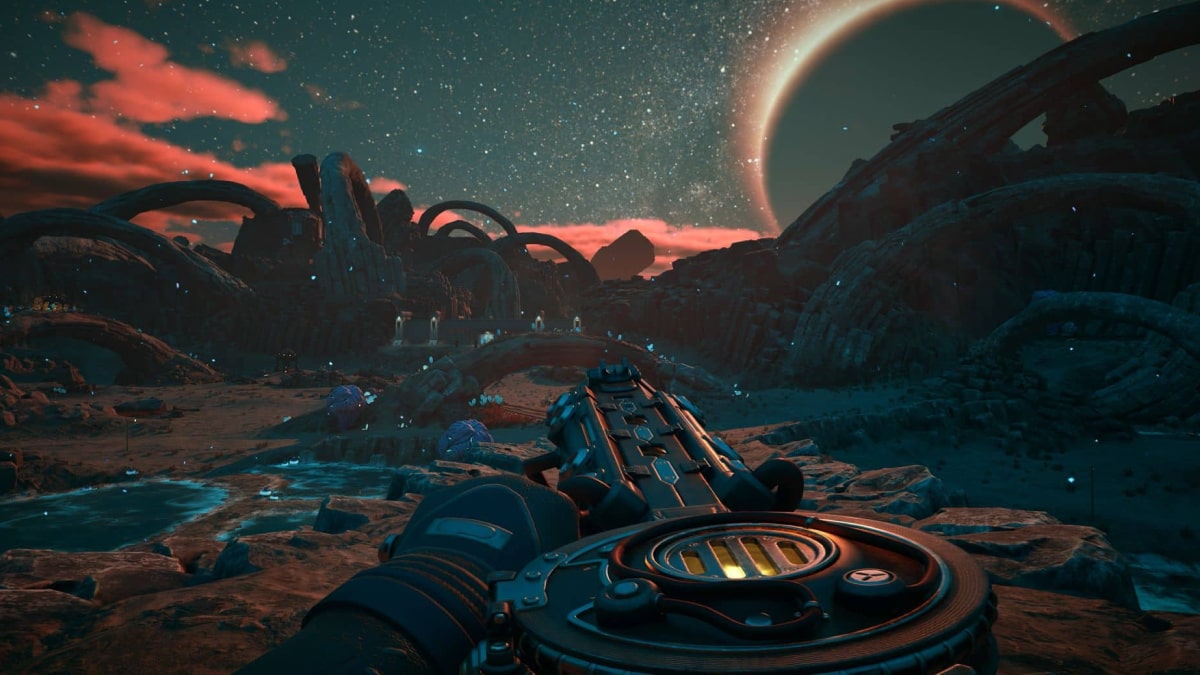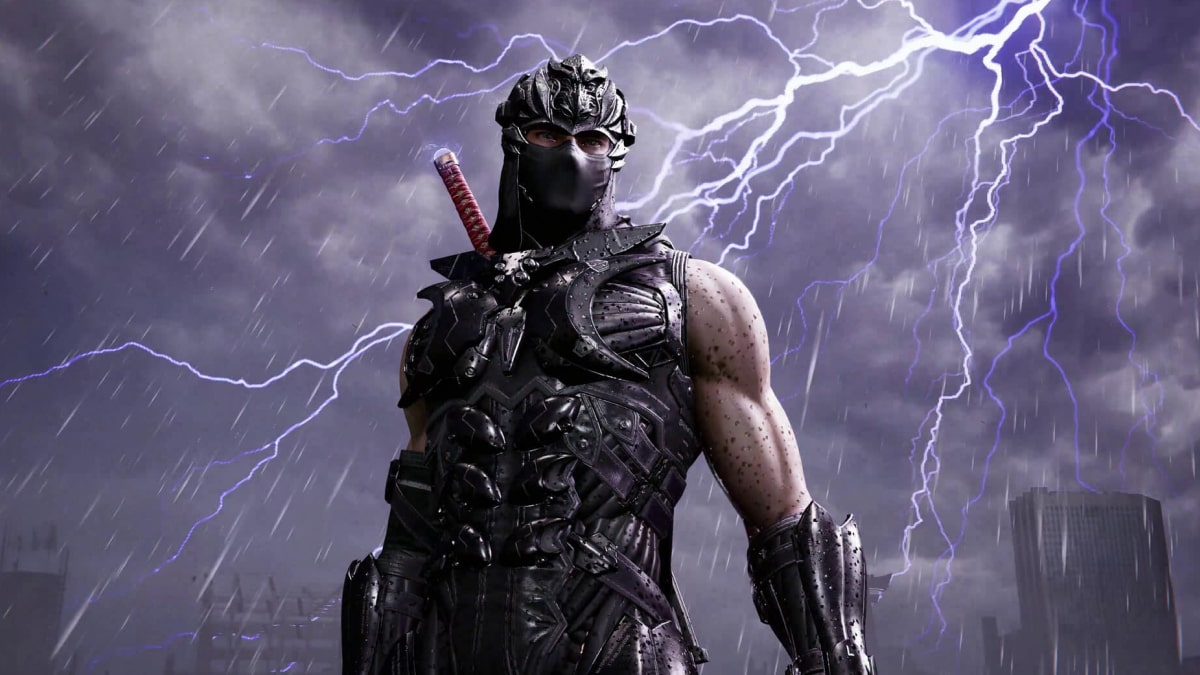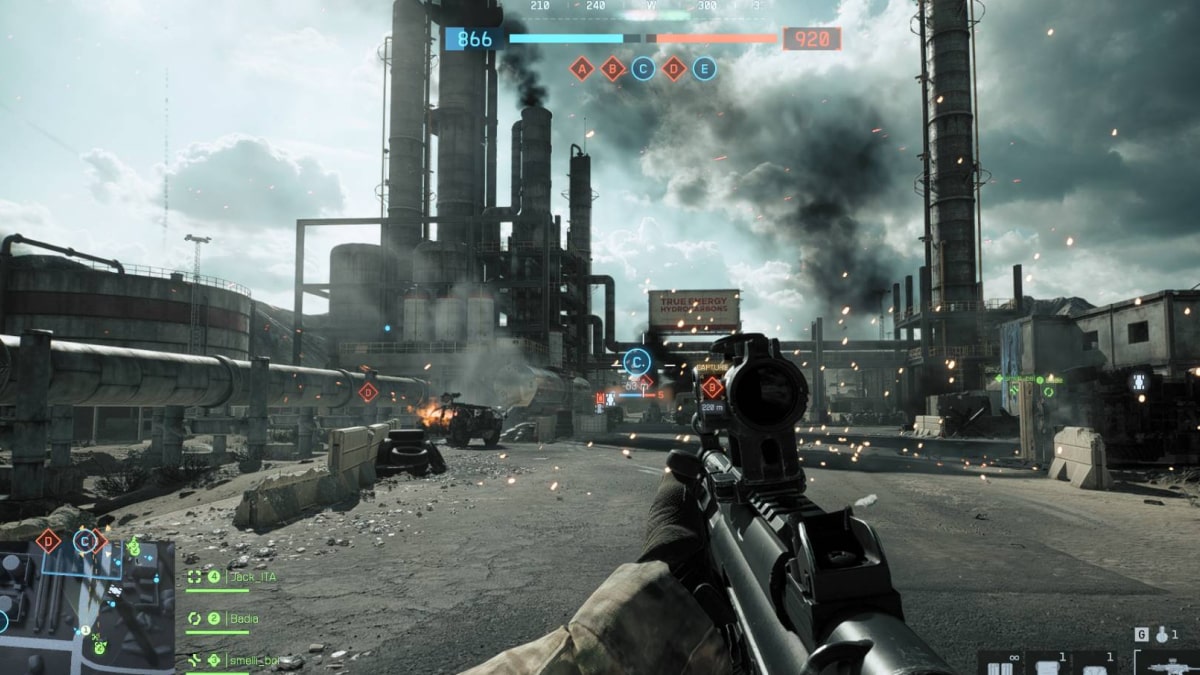You can trust VideoGamer. Our team of gaming experts spend hours testing and reviewing the latest games, to ensure you're reading the most comprehensive guide possible. Rest assured, all imagery and advice is unique and original. Check out how we test and review games here
Ghost of Yotei is bursting with style. Galloping down a steep bank, the mighty Mount Yotei comes into view. Swaying fields stretch to the foot of the mountain, sided by groves of golden Japanese maple and azure skies. Wild horses dart in dozen-strong packs across the screen. Satin petals waltz on the prevailing winds. Thick bamboo thickets burn the retina with generous emerald greens.
Then another arresting vista, and another, all dizzyingly crisp images, almost pornographic in how they juggle color and perspective to prompt awe. Then comes the combat: seemingly brisk, incisive, satisfying. It’s hard to shake off a bubbling excitement for what’s ahead. Don’t be fooled, though. It’s all veneer; technically impressive gloss. A bubble soon burst courtesy of the stringent demands of stagnant open-world design. It’s a textbook example of style over substance.
A checklist disguised
Set in 1600s Japan, you play as Atsu, a rugged nomad and skilled fighter, as she travels back to her homeland of Ezo (modern-day Hokkaido). Her mission: to exact revenge on the Yotei Six, a sextet of snarling villains responsible for murdering her family decades prior. The Yotei Six’s leader, Saito, is keen on claiming lawless Ezo as his own, clashing heads and swords with the resident Shogun-backed battalion of samurai known as the Mastumae.
Ghost of Yotei offers a staid revenge story, backdropped to a broader power struggle peppered with predictable moral bartering and the requisite dose of maudlin mush, kneaded and rolled to span 40 hours. It’s a good enough premise as any, though uncomfortably reminiscent of an Assassin’s Creed hit list.
The main story, though an improvement on the original, feels spindly and questionably paced despite stellar voice acting, especially Erika Ishii’s performance as protagonist Atsu. Our heroine is sarky, funny even, and much of Yotei’s scarce emotive qualities stem from her.
No matter, there’s a gorgeous open world ripe for exploration. And what a world it is: vibrant, alive, suffocatingly beautiful. Eye candy galore. Ezo consists of six mostly free-stranding and disconnected regions, functionally biomes — snowy peaks, dense forests, sprawling grasslands, and wave-pummeled coastlines — that you’ll reach as the story unfurls. You can even play the shamisen at will to complement the superb soundtrack and environmental sound design.
Aiding this is a strong push towards immersion, mainly thanks to a sparse HUD, birds as a flapping compass, and the wind as a guide to quests and objectives, just as we saw in Ghost of Tsushima. The map is refreshingly free of question marks, flashing icons, and the like. And then there’s the customization. It’s glorious. There are dozens upon dozens of highly detailed masks and hats, as well as a wide range of weapon and armor skins. Many of them go hard. I’ve never used photo mode so much.
This may seem like promising stuff; however, scratch the surface, and the illusion starts to chip away. This is an open world in the mold of the ones you love, or hate. Each region is dotted with identical activities. The first parkour up to a shrine is a delight. The first bamboo strike is a fun test of your button-mashing skills. And so goes following that first bounding fox, inspecting a wolf den, painting Sumi-e with approximate strokes on the Touch Pad, and soaking in a hot spring.
However, the novelty does not last forever. Each permutation is almost indistinguishable from the last in form and function once you’ve done a few. It’s a checklist disguised, filler busywork to flesh out the world, which soon feels rather formulaic, impersonal, and repetitive.
No flow for the Onyro
Ghost of Yotei approaches weaponry with well-earned confidence. By the credits, you have access to five melee weapons. There are no endless variations with unique stats and perks, no decision paralysis or fretting over the merits of rarities, attack speed, or damage output of dozens of options. Instead, you get one of each. The simplicity is extremely welcome.
Ghost of Yotei also has what’s termed Weapon Alignment. In essence, it’s a counter system for melee. The optimal weapon to use depends on what the enemy is wielding. The Dual Katana counters polearms, the Yari counters sickles, and so on. It’s a shrewd way to discourage the player from sticking to one weapon type for an entire playthrough, as most of us are often wont to do. However, this approach is flawed in its execution. Switching weapons mid-fight is cumbersome and fiddly, leaving you vulnerable to cheap shots that sour the fun.
Much like in Ghost of Tsushima, one-on-one standoffs and boss fights are a highlight; cinematic, tense, and just about challenging enough to tickle those dopamine receptors when you win. Eyes squint, katanas are drawn, the score swells emphatically, and you’re off. Kurosawa would approve. The visceral feedback of sinking steel into flesh is exhilarating, and choreographing perfect parries and dodges is damn fun.
That said, in more populated melees, combat never quite flows as intended, weighed down by a palpable clunkiness. I often found myself picking off enemies with a bow from afar to get it over and done with. The feared, lethal Onryo power fantasy never quite lives up to the fawning NPC chatter you’re force-fed in settlements and quests. It’s a shame because Atsu is a stylish, acrobatic fighter brought to life by solid animation work. It doesn’t help that a skill that makes you feel like a genuine Onryo comes so late as to dilute the intended impact.
Stealth follows in Ghost of Tsushima’s footsteps by staying basic and lacking meaningful depth. Skulk through tall grass to line up the most efficient chain assassination, lob a smoke bomb if things get sketchy, thin the herd with bow head shots from afar, maybe release a prisoner to fight alongside you, and then charge in to take down any stragglers. Rinse and repeat. The environments are more conducive to stealth. The layout of enemy camps is far broader and varied. But once you’ve done one, you’ve done them all with very little novelty left to unearth.
The state of play
Foregoing genre-advancing substance and texture for, it has to be said, impeccable style, Ghost of Yotei is freighted with calcified open-world conventions. It lands as generic, risk-averse, rigid, and safe. By the time the credits roll, it feels like a game you’ve played dozens of times before: a derivative permutation of what’s come before, albeit with a fresh lick of graphical varnish. It’s understandable: publishers are less inclined to take risks with the rising cost of development and the tough competition from all-consuming free-to-play games. The obituary of devastating and costly failures is present; Concord, Anthem, and Suicide Squad cast a long shadow.
In a year that also saw the release of Assassin’s Creed Shadows, I had hoped Yotei would be the more daring, artisanal, and gritty counterpart to Ubisoft’s focus group-tested and formless bloat of checklists and busywork. It’s not. They’ve both fallen foul of the allure of familiarity, to the tried and tested, and are almost indistinguishable from one another in many ways. They are the video game equivalent of the more ersatz arm of pop music: bland, predictable, and fun up to a point, but beyond the undeniable gloss and initial teasing thrill, quite dull.
Reviewed on PS5. Code provided by the publisher.
